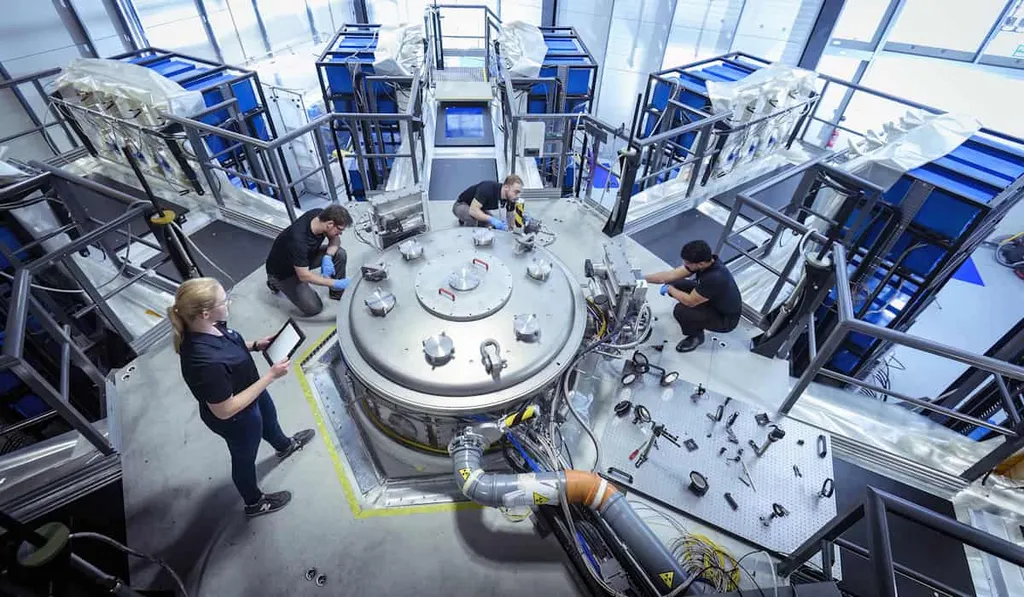In a promising development for the medical and energy sectors, a team of researchers from the Princeton Plasma Physics Laboratory (PPPL) has explored a novel method for producing high-specific-activity radioisotopes using high-energy neutrons from deuterium-tritium (D-T) fusion. The researchers, led by J. F. Parisi, have demonstrated that this approach could potentially meet global demand for many critical radioisotopes used in medical imaging and treatment.
The study, published in the journal “Nature Physics,” highlights the ability of fusion-driven transmutation to produce a wide range of medically important radioisotopes, including well-known ones like molybdenum-99/technetium-99m, iodine-131, and lutetium-177, as well as emerging isotopes such as terbium-161 and iridium-195m1/platinum-195m. These isotopes are crucial for various medical applications, including diagnostic imaging, cancer treatment, and pain management.
The researchers explain that the process involves stable and abundant feedstocks and utilizes non-fission transmutation channels that change the proton number of the target atoms. This allows for chemical rather than isotopic separation, simplifying the purification process. The use of high-energy neutrons from D-T fusion reactions enables the production of these radioisotopes with high specific activity, meaning a higher concentration of radioactive atoms per unit of material, which is desirable for medical applications.
One of the significant advantages of this method is its potential to provide a flexible and proliferation-resistant platform for the supply of high-purity isotopes. A D-T neutron source operating at a few megawatts of fusion power could meet or exceed global demand for most major radioisotopes, according to the researchers. This could address current supply chain issues and reduce reliance on nuclear reactors for isotope production.
However, the researchers note that further research is required to develop tailored approaches for feedstock processing and product extraction. This includes optimizing the target materials and designing efficient separation techniques to make the process economically viable and scalable.
For the energy sector, this research opens up new possibilities for utilizing fusion technology beyond electricity generation. By integrating isotope production with fusion power plants, these facilities could diversify their revenue streams and contribute to the medical field. Additionally, the development of advanced neutron sources for isotope production could drive innovation in fusion technology, benefiting both sectors.
In conclusion, the PPPL team’s work presents a promising avenue for enhancing the production of critical medical radioisotopes using fusion technology. While challenges remain, the potential benefits for both the medical and energy industries make this an exciting area for further research and development.
This article is based on research available at arXiv.

